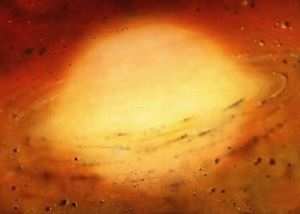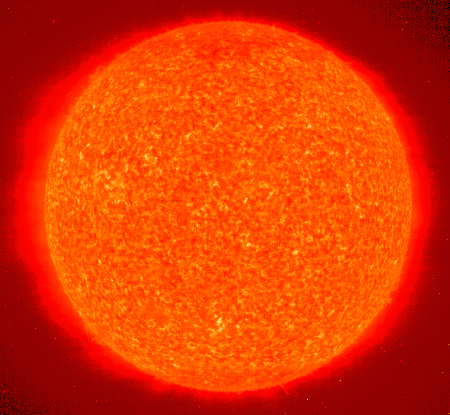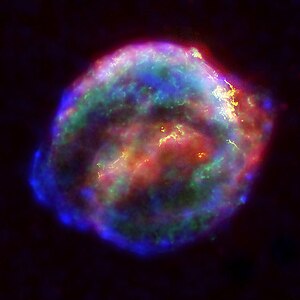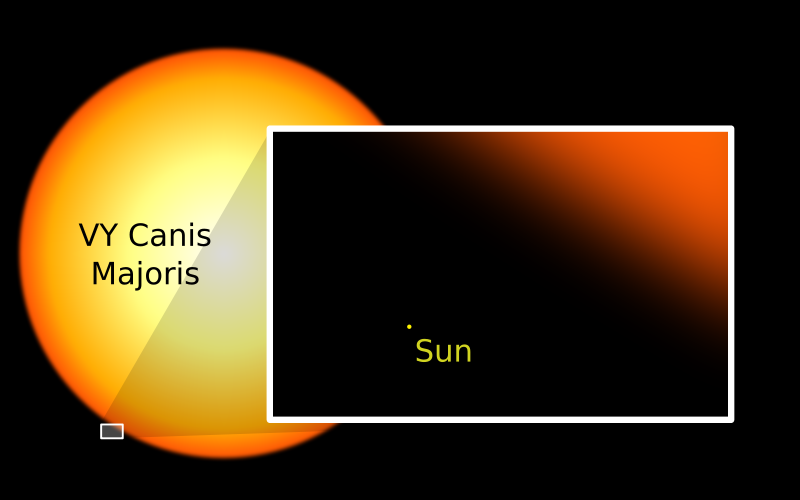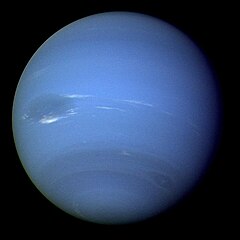Hi today I am blogging about the outer planets. I will explain how they relate to each other and how they are different from the inner planets. I will also discuss what they are made of and what their atmosphere is like. I will also detail their structure and unique qualities for each planet.
First is how the outer planets are alike. The outer planets are Jupiter, Saturn, Uranus and Neptune. They are sometimes referred to as the Gas Giants. The are called Gas Giants because they are huge compared to Earth and are made of gases. The Inner planets are called terrestrial planets because they are made of rock. They all have strong gravity because of their size. They also have a gas layer and liquid layer around their core. Inner planets have a liquid layer and solid layer around their core.
Now I am blogging about what the outer planets are made of. They are made up of multiple types of gases like nitrogen, helium and hydrogen. They do not have a solid surface. Jupiter, Saturn, Uranus and Neptune all have a liquid mooshy surface. On any of the Outer planets you would sink to the core and be crushed because there is no real surface. All of the planets have a rocky core. Scientists think the core is rocky, but it is only a theory.
Jupiter is the biggest planet in our solar system. Jupiter is the closest gas giant to the sun. It has a liquid hydrogen surface so you can not stand on Jupiter. Jupiter's is 80% hydrogen and 20% helium. Its atmosphere is about 1,000 km thick. Its great red spot is actually a hurricane. Jupiter's atmosphere applies so much pressure that hydrogen turns into a liquid. The core can easily fit a Earth in it.
Jupiter has 63 moons orbiting around it! A famous astronomer named Galileo Galilei spotted the four biggest moons of Jupiter in 1610. They were called Galilean moons because he found them. The moons are Io, Europa, Callisto and Ganymede. Ganymede is the largest moon in the solar system that we know about.
 Jupiter's day is less than ten hours long! Jupiter's year is about 12 of our years or Earth years. Jupiter has rings, but are not seen easily. Jupiter's mass is more than twice as big than all the planets combined. Over 1,000 Earths can fit in Jupiter. Its diameter is a surprising 11 times as big as Earths.
Jupiter's day is less than ten hours long! Jupiter's year is about 12 of our years or Earth years. Jupiter has rings, but are not seen easily. Jupiter's mass is more than twice as big than all the planets combined. Over 1,000 Earths can fit in Jupiter. Its diameter is a surprising 11 times as big as Earths.
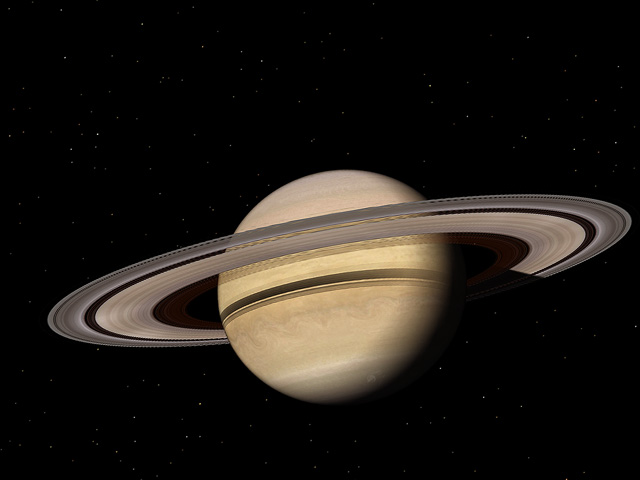 Saturn is the second largest planet in the solar system. It is the sixth planet from the sun. It also has a liquid hydrogen surface like Jupiter. Saturn is 90% hydrogen and 10% helium. Saturn has such a low density that it can float on water. Saturn has seven sets of rings around it. Saturn's rings are one of the main features of Saturn. Saturn has 60 moons. There are moons in the rings called Shepherd moons. They keep the rings in place. Saturn's biggest moon is Titan and is the second largest moon that we know of. Titan has an atmosphere which is the first moon to have one.
Saturn is the second largest planet in the solar system. It is the sixth planet from the sun. It also has a liquid hydrogen surface like Jupiter. Saturn is 90% hydrogen and 10% helium. Saturn has such a low density that it can float on water. Saturn has seven sets of rings around it. Saturn's rings are one of the main features of Saturn. Saturn has 60 moons. There are moons in the rings called Shepherd moons. They keep the rings in place. Saturn's biggest moon is Titan and is the second largest moon that we know of. Titan has an atmosphere which is the first moon to have one.
 The rings have icy particles in them. Scientist think that an icy object of some sort crashed into a moon and then made the rings. The biggest ring of the seven is 70,000 km wide but yet it is only 30 m thick. That is small in comparison. The rings are called by letter. The first ring discovered is called a ring and the second one is called b ring and so on till the g ring.
Saturn's day is about 10 and a 1/2 hours long. It's year is almost 30 Earth years. It's diameter is 9 and a 1/2 times bigger than Earth. Saturn's mass is 95 times bigger than Earth's. The winds on Saturn can reach up to about 1,400 km per hour. Saturn's atmosphere is about 1,000 km thick.
The rings have icy particles in them. Scientist think that an icy object of some sort crashed into a moon and then made the rings. The biggest ring of the seven is 70,000 km wide but yet it is only 30 m thick. That is small in comparison. The rings are called by letter. The first ring discovered is called a ring and the second one is called b ring and so on till the g ring.
Saturn's day is about 10 and a 1/2 hours long. It's year is almost 30 Earth years. It's diameter is 9 and a 1/2 times bigger than Earth. Saturn's mass is 95 times bigger than Earth's. The winds on Saturn can reach up to about 1,400 km per hour. Saturn's atmosphere is about 1,000 km thick.





Roman gods time!
(everything in here is based off of Roman releigon)
Apollo was the god of music and the Sun. He had a chariot that controlled the suns rays, played the lyre and he did not have any special name in roman religion.
Mercury (Hermes) was the messenger god and was called Mercury because he was very fast. The planet Mercury has such a short
orbit it appears to be very fast.
Venus (Aphrodite) was called this because the planet Venus looks beautiful to people from far away and Aphrodite was the goddess of love so she was called Venus.
Luna (Artemis) is the Earth's moon and Artemis was the goddess of the hunt and moved the moon around Earth, so she was then called Luna .
Mars (Ares) was called Mars because of the planet Mars Red color which usually stands for blood and there is a lot of blood in war.
Jupiter (Zeus) got his name because Jupiter is the biggest planet and the planet Jupiter looks like the ruler of the solar system and Zeus is the ruler of the gods.
Saturn (Cronos) was the god of time and was ruler of the sky before Jupiter and after Uranus. His children were Jupiter, Neptune and Pluto. His children were the gods of air, water, and death which was stuff that time has real effect on.
Uranus (Cronoses father and Gaia) looks like it is split in half by its rings and the god of time's father was the sky and Gaia was the Earth.They had a fight and split apart which made the sky apart from the Earth so they were called Uranus.
Neptune (Poseidon) was called this because the planet looks like it is all ocean on its surface because of its blue color and Poseidon was the god of the sea so he was called Neptune.
Pluto (Hades) was called this because he was always alone in the underworld and the planet Pluto was the farthest planet from the sun and was the coldest which would be lonely and coldhearted if it was a person like Hades so he was called Pluto.
Click HERE to learn more about all of the planets, Pluto and more. Click HERE or HERE to learn about the Roman gods. Click HERE to play a review game on the outer planets. If you like the text that I used click on this link.
BYE!

